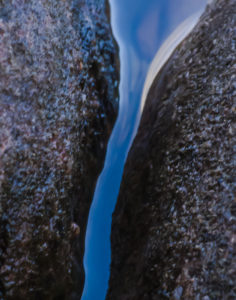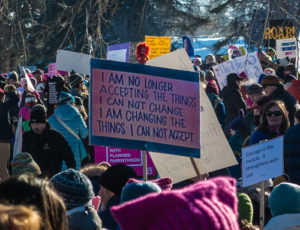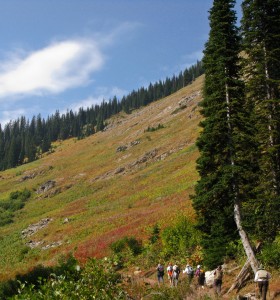
Danger! Beware of the Rocks! One of the most obvious rules of boating. Especially the rocks near the shore, barely visible above the water or just beneath the surface—unseen until you are right up on the them. But there are times when, despite your best navigational efforts, a sudden fierce gust of wind hits your small vessel and sends it smashing into those very rocks. A crack in the side of your boat, or worse yet, a bent propeller that leaves you stranded.
We have been blown up onto the rocks by this pandemic. They have not only broken our society wide open, we find ourselves hopelessly grounded. It’s easy to let the fear drown us, despite all our efforts to bale ourselves out. This is not time to focus on whether or not someone should have seen this coming, should have been paying better attention. We are stuck in this crisis. The water is rushing in faster than we can bale.
What to do? This morning I read a really thoughtful response by one of my favorite photographers, David duChemin. He began with a quote from JFK: “When written in Chinese the word crisis is composed of two characters. One represents danger, and the other represents opportunity.” This made me really stop and think. Perhaps if we quit mudding the waters with our frantic baling and arguing over who is responsible for this mess we find ourselves in and pause long enough for the water to settle and clear—if we settle ourselves into the quiet and let go of our fear—stop scrolling the newsfeed, and listening to every pundit trying to figure out how to get us back to the way things were, we might be able to see, between the hard, dark rocks that iridescent glimmer of light—the opportunities that this crisis opens up for us individually and as a society.
The greatest lesson I have learned in my studies of Buddhism is detachment. Practicing it during past personal crises has helped me to calm the roiling waters of my mind and see with clarity the light of opportunity shining between the rock and the hard place.
So I’m going to stop my frantic attempts to bale—stop the fretting and worrying over all the things I have no control over anyway and step out of the boat. I’m going to wade ashore and sit quietly, looking out at the lake. Figure out where I am and where I really want to be. No longer to go with the flow or to try to get back in the current that has so often swept me away, but to calm my mind, detach, be still long enough that I can see the light playing between the rocks.
DuChemin finishes by saying: “More than any of the things above, this is an opportunity to give more and to be more: more attentive, more creative, more generous, more wide awake. It’s an opportunity to rise to the daily challenge of the new normal, and to fight to make that normal better and kinder for all. . .We might be in this for a while and I don’t want to look back once we emerge from it and wonder why I wasted weeks or months of time and focus I’ve never had before.”


